- 한국어
- English
- 日本語
- 中文
- العربية
- Español
- Français
- Deutsch
- Pусский
- Tiếng Việt
- Indonesian
By Honorary Reporter Mahmoud Hamdy from Egypt
Photos= Mahmoud Hamdy
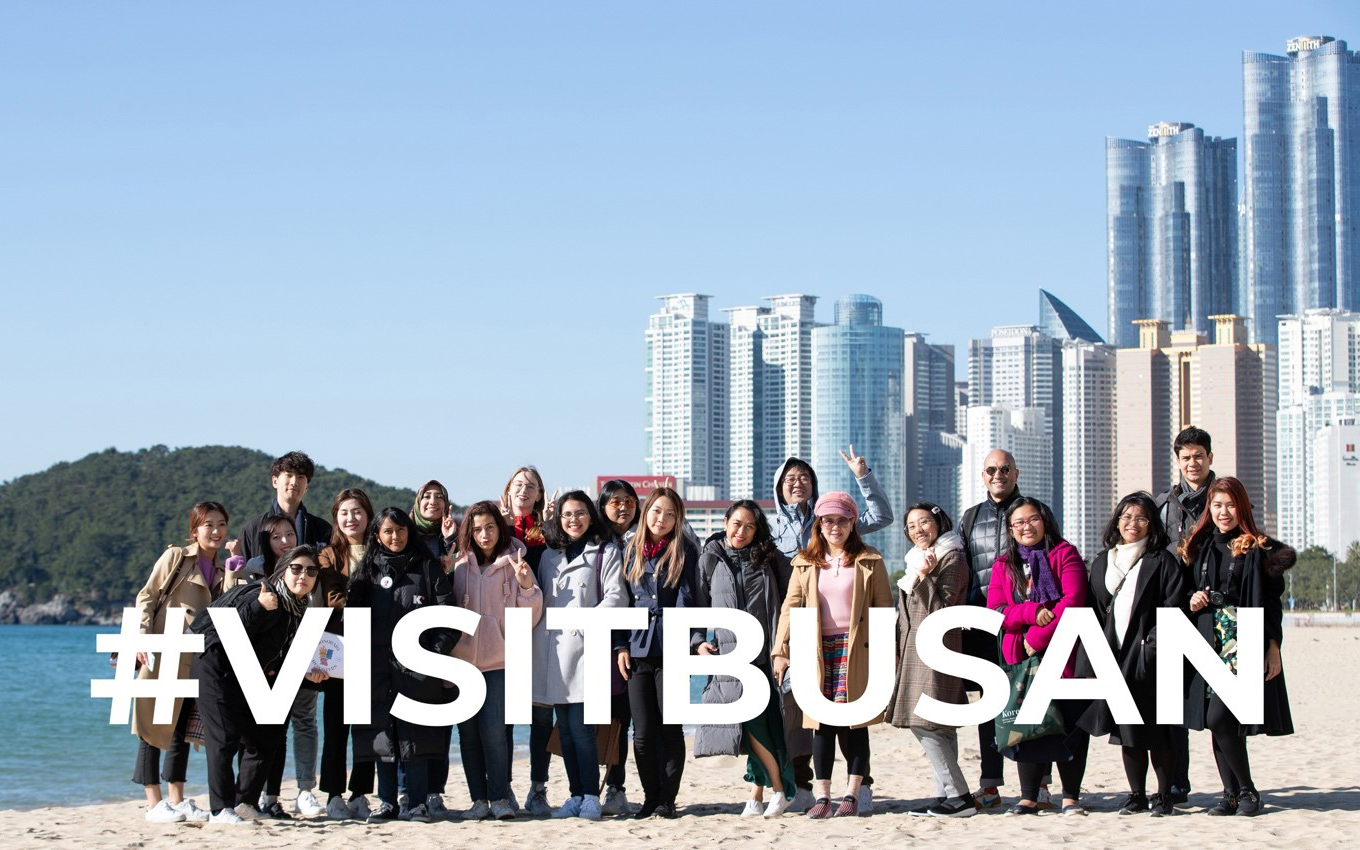
After moving with my family to Korea in 2017, I kept reading and seeing content about Busan that made me want to visit the city, but I never thought that my first visit there would be as a Korea.net Honorary Reporter.
Our three-day tour was full of excitement and a historical, educational and breathtaking experience. We started our journey with a bird-eye view from the city's highest point at Busan Tower. While enjoying watching this mega colorful city and taking pictures, I was lucky enough to spot an exciting event that occurs once a day precisely at 2 p.m.: the rising of Yeongdodaegyo Bridge.
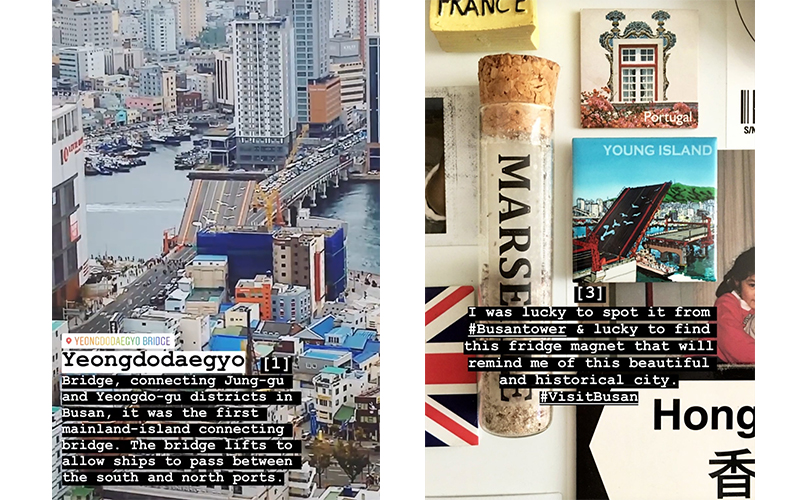
Though this lifting function is no longer needed, Yeongdodaegyo is a famous landmark in the city because of its symbolic and historical value. During the Korean War (1950-53), refugees used to wait for their separated or lost relatives on this bridge. I was lucky to spot the event from Busan Tower and find a fridge magnet later in the trip to remind me of this beautiful and historic city.
Afterwards, we headed to Busan's Bupyeong Market, which is also known as Kkangtong (Tin Can) Market because of the canned goods from U.S. forces sold here during the Korean War. While there, we passed an old lady who sold North Korean food though the city is on the southeastern tip of the Korean Peninsula. How did this happen?

During the Korean War, many residents of what is now North Korea fled to Busan as refugees; some remain to this day. They brought North Korean dishes to the southern part of the peninsula, including gajami-sikhae, or fermented skate seasoned with salt, red pepper flakes, millet and radish. Such unique scenes at the market are things even many locals are unaware of, particularly the younger generation. The war thus affected not only the country's politics and society but also Busan cuisine.
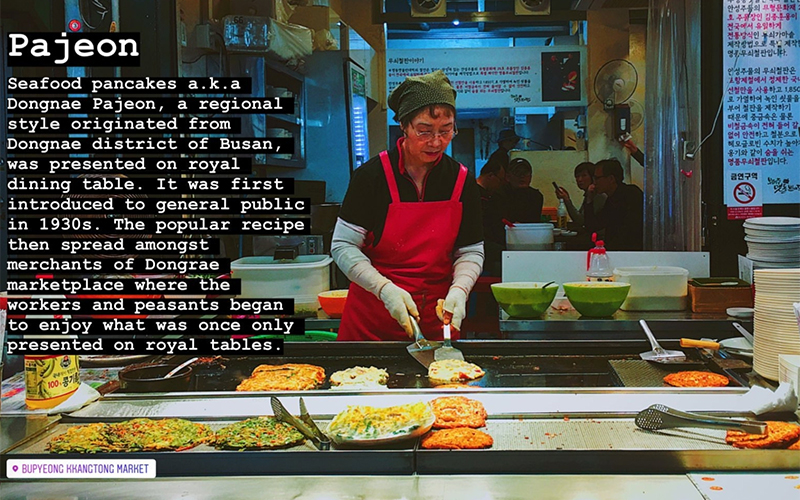
Dongnae pajeon (seafood pancakes) is a Busan specialty at Bupyeong Market.

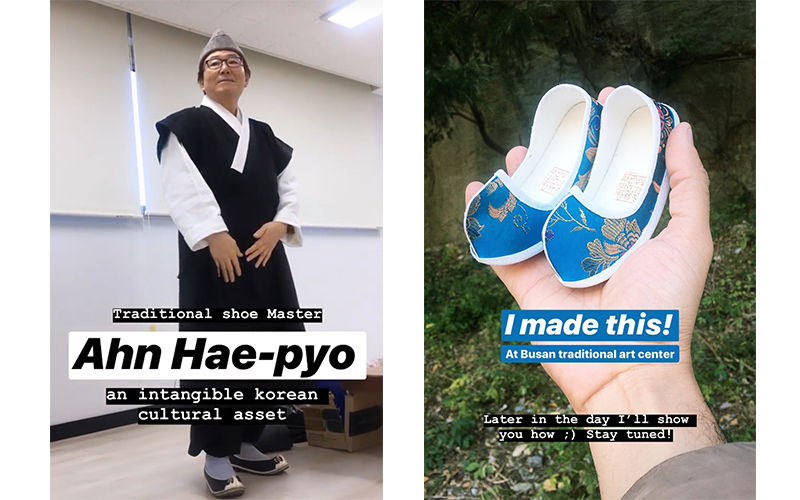
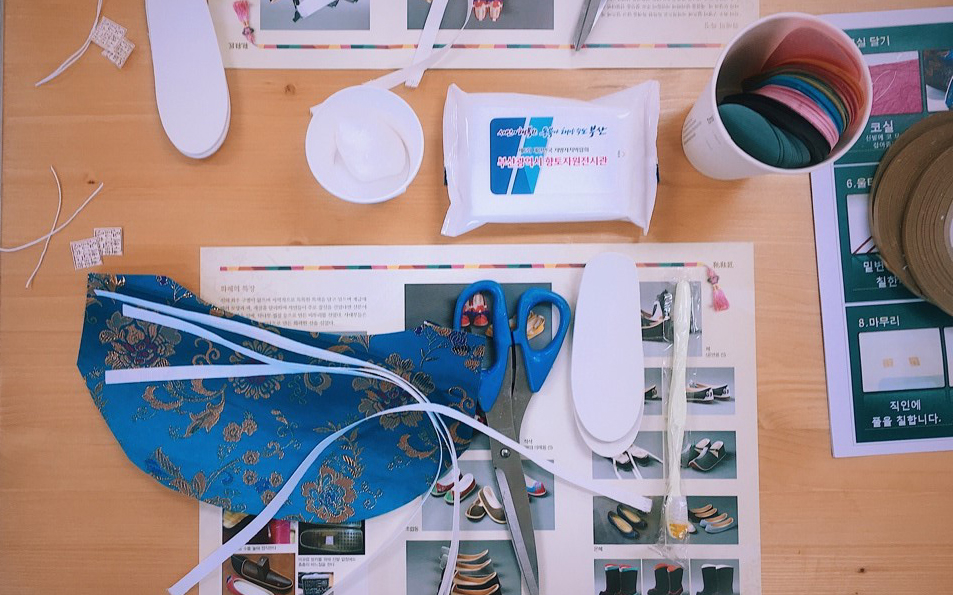
The next day, we headed toward a mountain to meet another extraordinary person. After getting off the bus, we hiked for about 15 minutes to Busan Traditional Art Center to see a living intangible cultural asset. Ahn Hae-pyo, a master craftsman of traditional shoes, taught us how to make such shoes from silk, rice glue and paper. The experience was therapeutic and calming, and the room was silent and immersed. Ahn is passing his family legacy to his son, hoping to preserve this craft for generations to come.
The next morning, we got a breath of fresh air at Haeundae Beach, one of the country's most famous and popular beaches and one of the official venues of the Busan International Film Festival. Not far from the beach is the easily seeable lighthouse built to commemorate the 2005 Asia-Pacific Economic Cooperation summit the city hosted. The structure resembles a lotus blossom flower to express Busan's development and prosperous future.
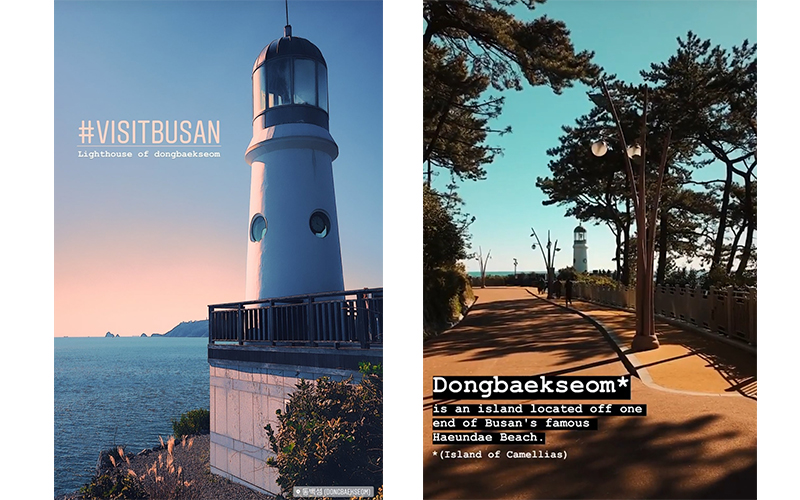
Then we headed to Dongbaekseom Island, located off one end of the beach. With its name meaning "Camellia Island," Dongbaekseom is bursting with the flower from winter to spring.
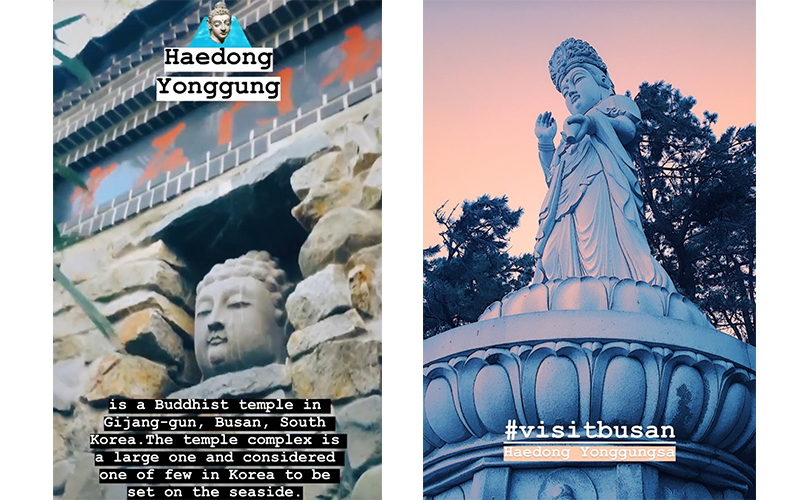
Ending our voyage in the most calming and purifying way, we visited Haedong Yonggungsa Temple in Gijang-gun County, Gyeongsangnam-do Province, during the sunset. This Buddhist temple is one of the few in Korea by the sea. Built in 1376 by a teacher known as Naong during the Goryeo Dynasty (918-1392), it was originally known as Bomunsa Temple.
Other notable experiences included the night view at Marine City in Haeundae, Busan Modern History Museum and an exhibition of Busan's intangible culture. We had the best coffee on Jeonpo Cafe Street, and our last meal together as a group of new friends was at the festival ASEAN-Korea Food Street.
Thanks to Korea.net, the organizer of this magnificent visit, Busan is exactly as I imagined it, and so much more.
chaey0726@korea.kr
*This article is written by a Korea.net Honorary Reporter. Our group of Honorary Reporters are from all around the world, and they share with Korea.net their love and passion for all things Korean.